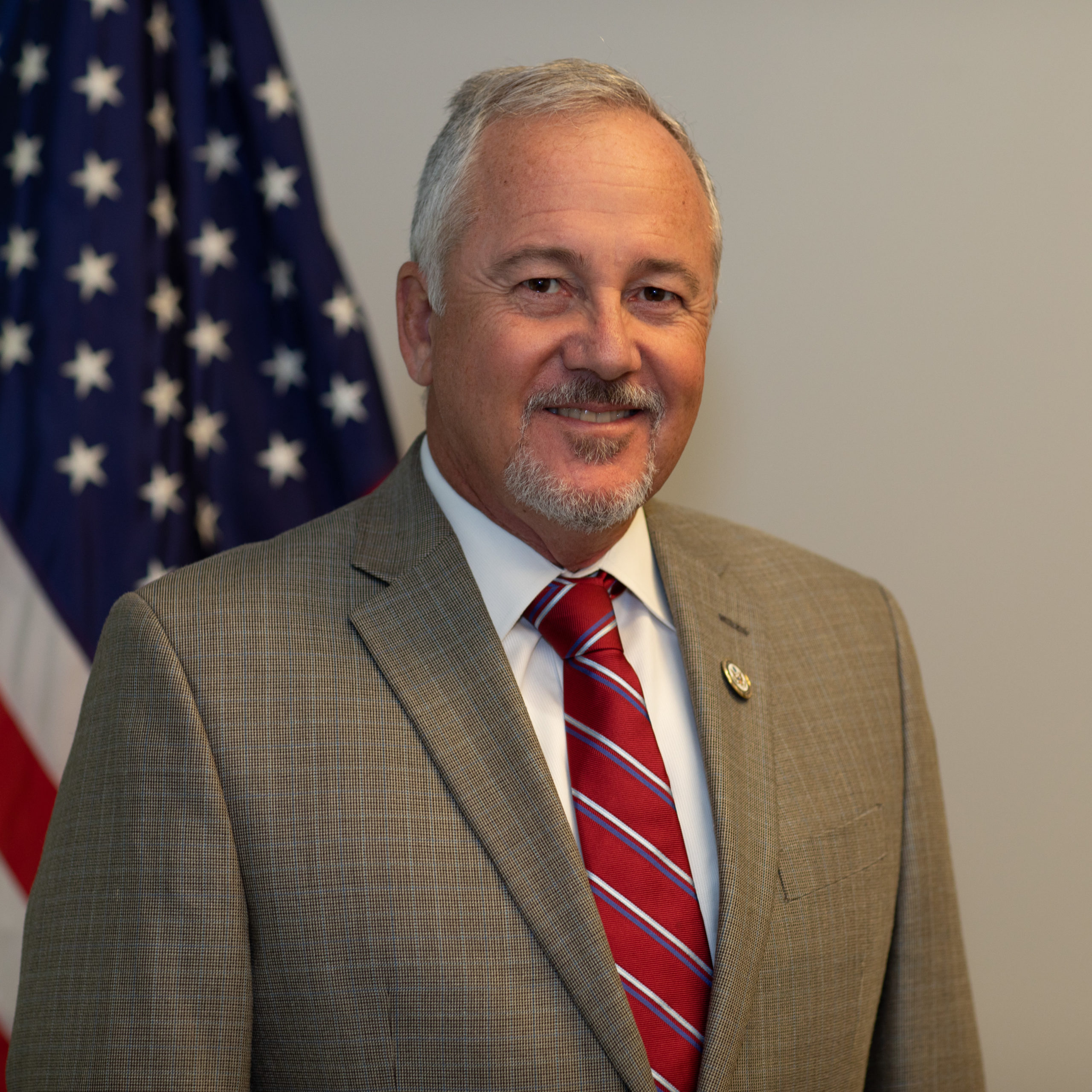The federal government has difficulty attracting the talent it needs. The applicant experience is plagued by confusing job announcements, a USAJOBS platform that’s difficult to use and a cumbersome hiring process that can take months to complete. And it’s made worse by outdated methods of evaluating candidates, such as applicant self-assessments. Agencies can help the federal government improve its talent pipeline with these nine strategies from the Partnership’s new report: A Time for Talent.
#1 – Determining today’s hiring requirements
To hire smarter, some agencies have developed workforce plans, ranging from a few months to several years. The complexity of these plans can vary based on the scope of an agency’s mission and the makeup of its workforce, but they are valuable tools to inform organizations’ staffing needs. Workforce plans help agencies identify the organization’s priorities, the number of employees currently in each type of role, how many employees are needed and skills the workforce must have for the organization to accomplish its goals.
#2 – Identifying who will do tomorrow’s work
Many factors influence an agency’s talent needs, including retirements, changes to the mission, new ways of doing work and major crises like a pandemic. Identifying talent needs early—using strategic plans, attrition projections and workforce skills assessments—can help agencies ensure they have people on board with the right abilities. To identify their talent needs, agencies need to think critically about the work they’ll be doing, rather than what has been done in the past.
#3 – Being proactive
Agencies should seek out top-tier candidates and court them, rather than simply post a job announcement online—especially for harder-to-fill jobs, as government competes for talent with the private sector. For example, when the FBI worked with LinkedIn recently, the agency discovered that the way an advertisement was worded appealed to people differently, depending on the industry they were in. The FBI changed how it reaches out to job applicants and found the number of female applicants for special agent positions increased by 14 percentage points over the past three years.
#4 – Building and promoting the brand
Building brand awareness is an integral part of an effective recruiting strategy. According to a 2018 survey by the job-search website Glassdoor, candidates are 40% more likely to apply for a job if they’ve heard of the company and understand what it does. While the overall federal government doesn’t have a strong reputation, agencies can build their own brands to distinguish themselves. Some agencies have tried to increase their brand awareness, publicize the essential work they do for the country and clear up misperceptions about what it’s like to work for the government.
#5 – Keeping in touch with former employees
One under-tapped source of talent for government is its former employees. According to interviews with Amazon Web Services and Ernst & Young LLP, former federal employees who left in good standing are often great options for filling positions. They’re known entities and they’re familiar with the workplace culture and what it takes to thrive on the job.
#6 – Reaching young people
The federal government often struggles to recruit young people, but some agencies are making inroads. For example, the Government Accountability Office and Federal Deposit Insurance Corporation maintain a robust talent pipeline through actively engaging with colleges and universities. Additionally, DOD has found the direct hire authority helpful for attracting and hiring young people. Indeed, the Air Force has used this hiring authority to bring interns on board full time once they graduate, and to make on-the-spot offers to highly qualified candidates at job fairs.
#7 – Recruiting and hiring more efficiently
One way that agencies can be more efficient is by recruiting in bulk, hiring multiple candidates from a single job announcement. Indeed, the practice could be particularly helpful for agencies rushing to add staff in response to COVID-19. By knowing which units within an agency might like to make a hire, you can tailor the job announcement to include a description of the units and the type of work they do. After the posting closes and the applicants are evaluated, you can share a list of qualified candidates with all departments and teams, and they can schedule interviews and hire people as needed.
#8 – Choosing the best applicants
To ensure agencies hire the best candidates, they should critically assess how they evaluate applicants, and change course if necessary. They also should try new and creative approaches to build their talent pipelines. For example, some agencies recently experimented with new ways of appraising applicants, generating higher-quality shortlists while still adhering to regulations giving certain candidates preference, such as veterans. And, agencies that used subject matter experts to evaluate applicants’ qualifications, rather than relying on candidates’ self-assessments, developed lists for hiring managers that contained better-qualified candidates.
#9 – Improving the candidate experience
It takes the federal government an average of 98 days to hire a new employee—more than twice the time it takes the private sector—with some delays due to the need for background checks, mandatory medical exams and security clearances. Fortunately, agencies can reduce the time it takes. The Air Force, for example, developed a dashboard that shows the status of every job search underway, and who’s responsible for taking the next action and by what date. This transparency holds staff accountable and helped the Air Force cut hiring time by more than 40 days.
Going forward
An aging workforce and growing skills gaps in mission-critical positions underscore the need for government to attract new talent. Agencies can employ these nine strategies to significantly improve how they attract, acquire and retain talent.
For more information on building your talent pipeline, read the report: A Time for Talent: Improving Federal Recruiting and Hiring.




